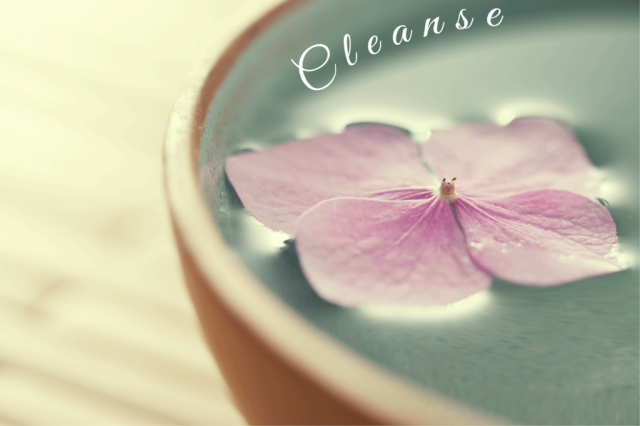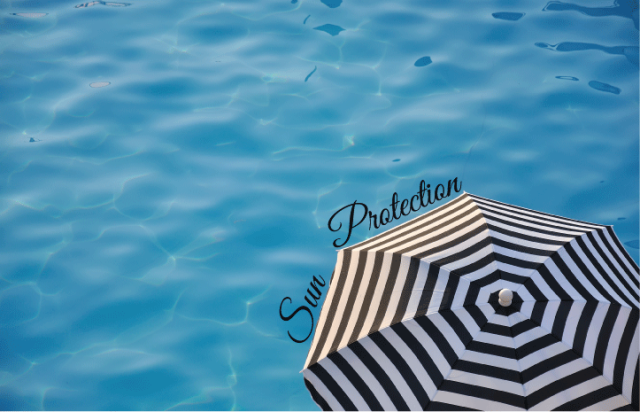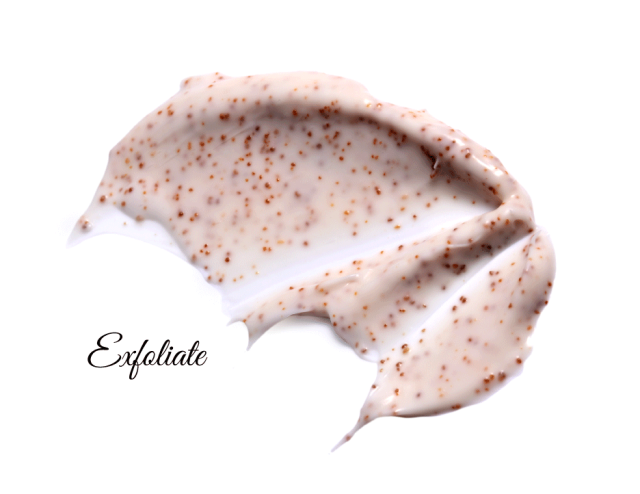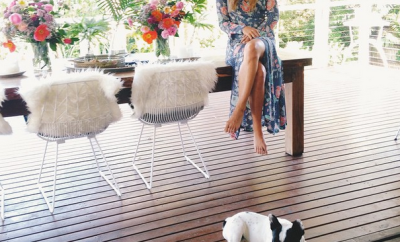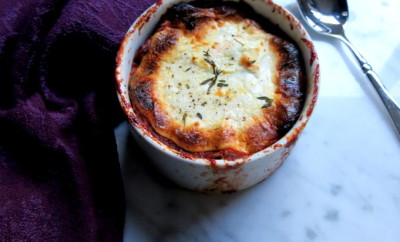Summertime Skincare From Licensed Esthetician, Amy Pontzloff
I am so honored to present a guest blog post by Amy Pontzloff, owner of Lymphatic Face & Body Therapy. Amy is a licensed Occupational Therapist, licensed Esthetician, and certified Massage Therapist. I’ve been getting massages from Amy for about a year. She is so knowledgeable and gives amazing treatments and massages. I asked her if she would share some of her tricks of the trade, so today Amy is demystifying the process of developing a skin care routine that helps your skin glow with happiness. Take it away, Amy!
________
I often have clients come in with a bag full of 1/2 used products that ended up falling short on the results their advertisements promised. This leaves people frustrated and asking…”What am I supposed to be using?”
While it would be totally impossible to recommend a skin care program that would work for everyone, especially when battling conditions such as acne or pigmentation, I can share some basic guidelines that you can use if you want to get started with skin care. The key to healthy glowing skin really is a healthy epidermis-the outermost layer of your skin. It’s your defense system and protective barrier against the outer elements. When this layer of skin is compromised or out of balance, you can develop conditions such as rosacea, acne, dry, irritated or sensitive skin.
Keep in mind, there are so many fantastic skin care products out there! It’s always a good idea to start out with an experienced, trusted, licensed esthetician to help guide you in your product choices. Salons, spas or medical offices are licensed to retail specific products, stand behind their quality, and the staff are trained in those product ingredients and functions. Products sold over the counter at drug stores are generally less “potent” or “active” and buying products off the web at random without any guidance is always risky, as product quality and safety are generally not guaranteed.
I always prefer to start clients out with a simple, low-maintenance program. Then I’ll build from this foundation at future appointments depending on their skin care goals. And now, the basics!
1) Cleanse
No soap! Soaps are basic, meaning a high pH level, so they strip the skin’s protective barrier, leaving your epidermis exposed and increasing your risk for developing skin irritation. I recommend a mild alpha hydroxy acid (AHA) cleanser with a pH between 4-6 which is the same as the skin. Alpha hydroxy acids are compounds that may be naturally occurring or synthetic. The most common in skin care are; glycolic (derived from sugar cane), lactic (from sour milk), malic acid (from apples) or citric acid (from citrus fruits). The product may say “Alpha Hydroxy Acid” or it may say specifically which one it is, such as “Glycolic Acid Facial Wash”. Ideally, the product would list the pH on the packaging. It may say “pH balanced” or “low pH” which is typical for a stronger glycolic acid wash. Any product that lists a low pH or a soap which is a high pH, may be too harsh. Cleansing 1-2 times daily is all you need. Over cleansing can irritate the skin.
2) Antioxidants
Giving your skin the hydration it needs and prevention from future damage, antioxidants are wonderful multi-taskers. They fight free radicals from environmental damage and pollutants, help build collagen, brighten the skin, and enhance the effectiveness of sunscreens. I like to keep things simple, so when starting out, my go to is a Vitamin C which is one of the most well researched antioxidants. It is great for combating inflammation, and helps calm acne. Hydration is important even if you have acne, as the epidermis needs to be balanced, not dried out. Many products carry multiple antioxidants in one product, such as a Vitamin C & E, which packs the most punch for getting the full spectrum of benefits. Other options are a moisturizer with green tea, resveratrol or a retinol. Retinols (Vitamin A) are also excellent antioxidants for acne and anti-aging.
3) Protect
Sun protection is a necessity for everyone! Broad spectrum physical blockers such as zinc oxide and titanium dioxide are best. The latest research and guideline from the FDA is the recommendation for an SPF of 15 or 30~ going higher only gives you incrementally more protection. The key is to apply daily, and if outdoors, reapply every 2-3 hours. Only driving to work or sitting next to a window at work? UVA rays penetrate through glass. Do not rely on an SPF blended in with a makeup or moisturizer. A separate SPF is best, and wearing a makeup with SPF offers a second line of defense.
4) Exfoliate
Exfoliation is important for sloughing off the top layer of dead skin cells and stimulating cellular turnover for more vibrant, radiant skin. There are many different ways to exfoliate your skin including professional treatments such as chemical peels or microdermabrasion. You can also use at-home scrubs, or products such as retinol that stimulate cellular turnover. The key is not to over exfoliate, as that will lead to an impaired skin barrier. An important tip: remember to be progressive in these treatments not aggressive. Always start out with milder treatments and products to build your skin’s tolerance and prepare it for more aggressive treatments if desired. Be kind, be gentle to your skin and reassess on a periodic basis if changes need to be made in your program. Reasons for tweaking your routine can include seasonal changes, hormonal changes, the aging process, and other lifestyle changes. It’s best to work with your trusted professional as far as what treatments and products are best for you.
About Amy Pontzloff
Amy offers a variety of wonderful treatments! To learn more about Amy, visit her website: www.lymphatictherapy.net or her Google+ Page. Feel free to email Amy or call her at 650.450.8710.

